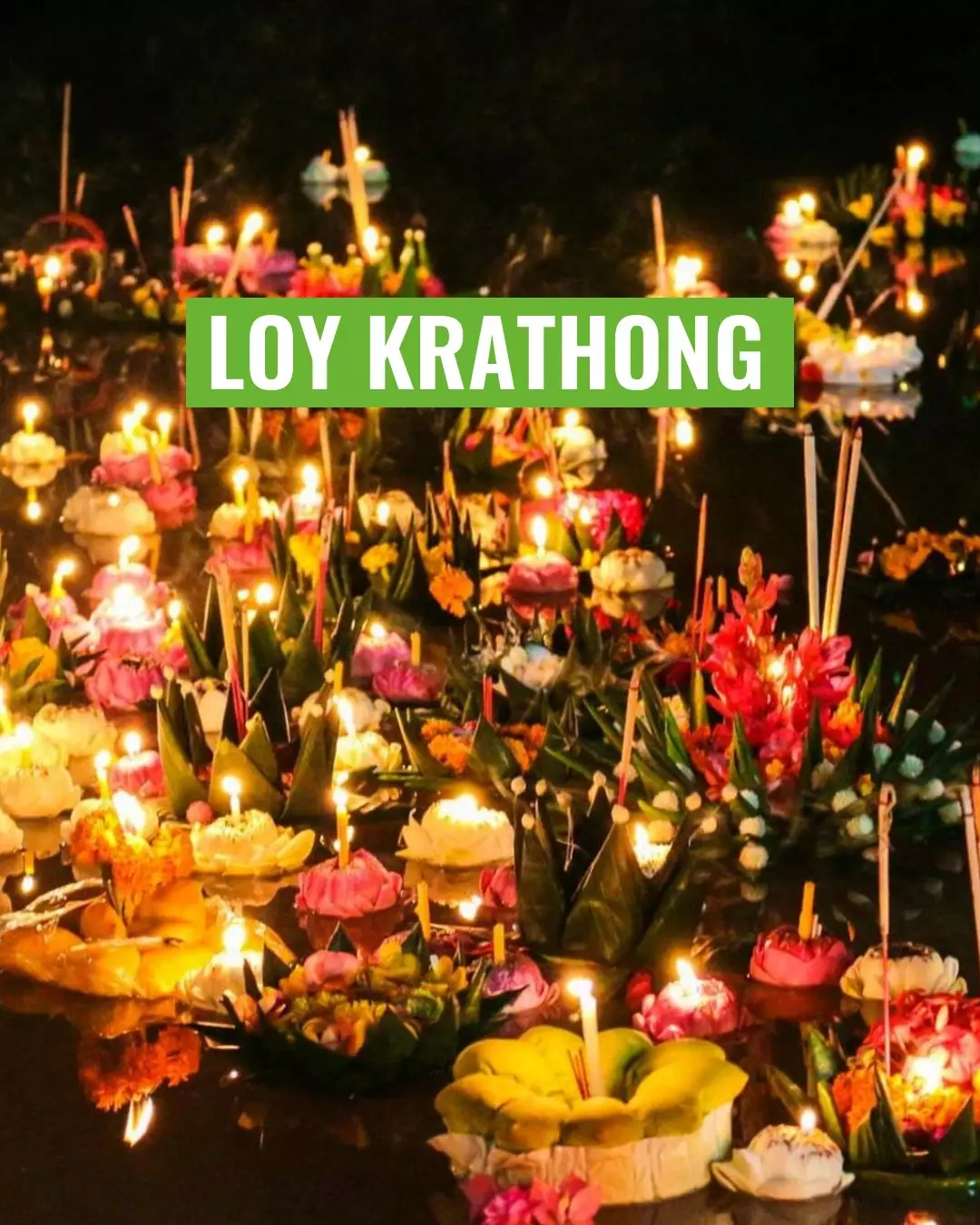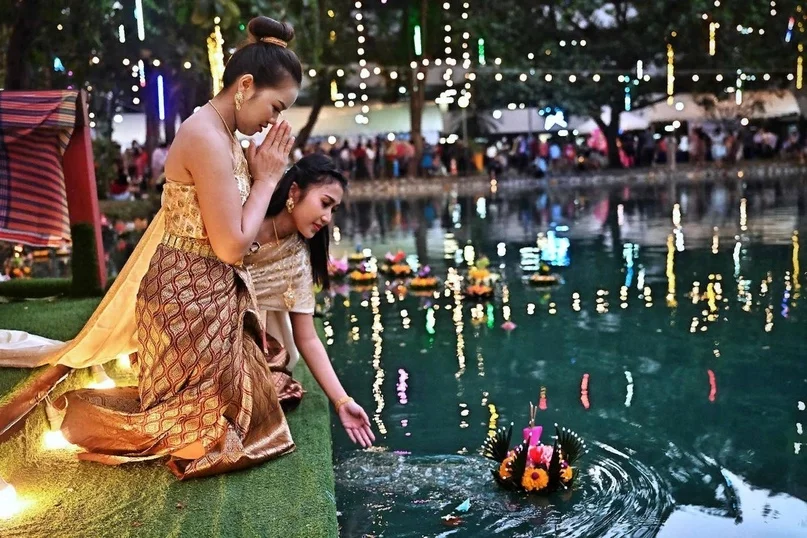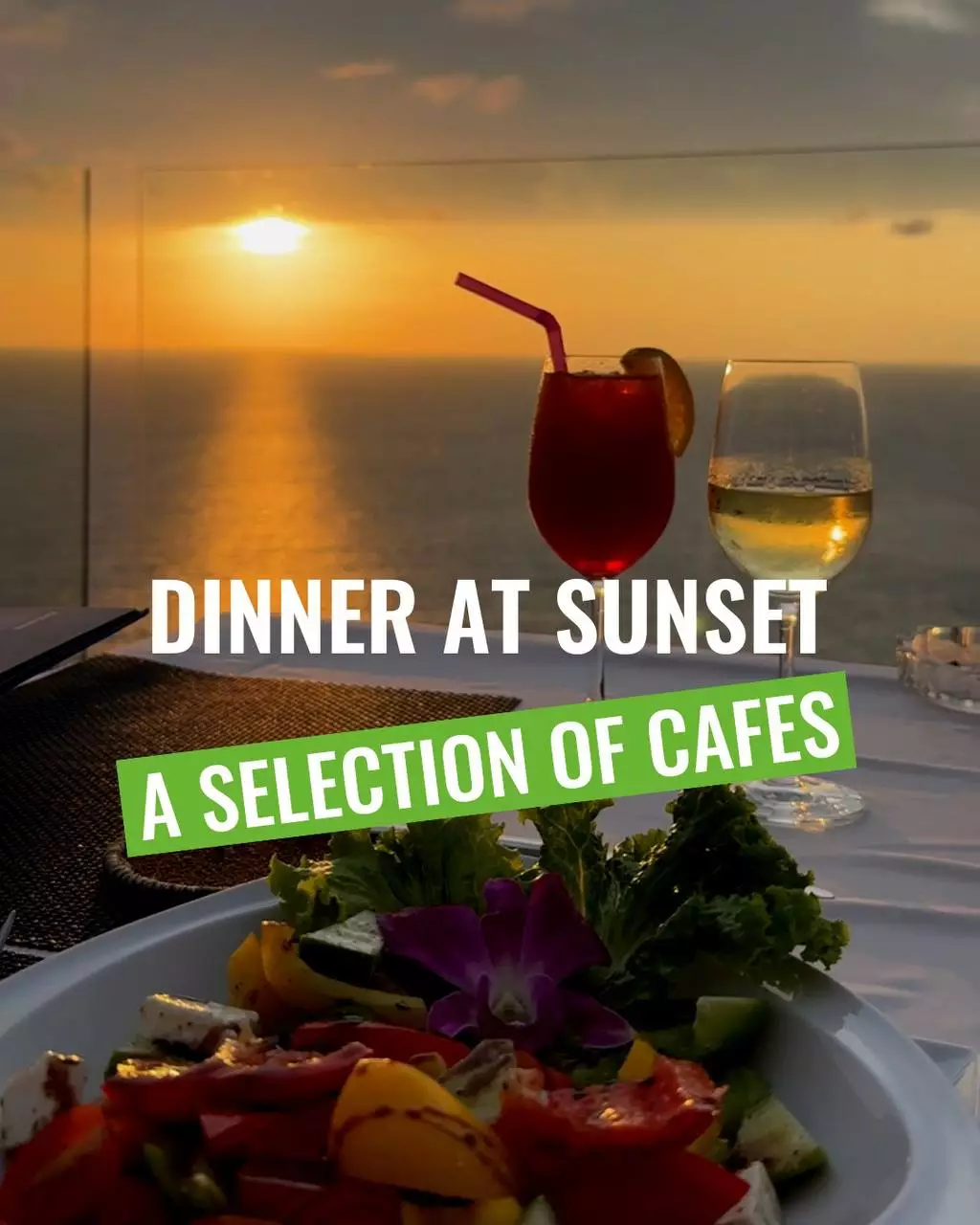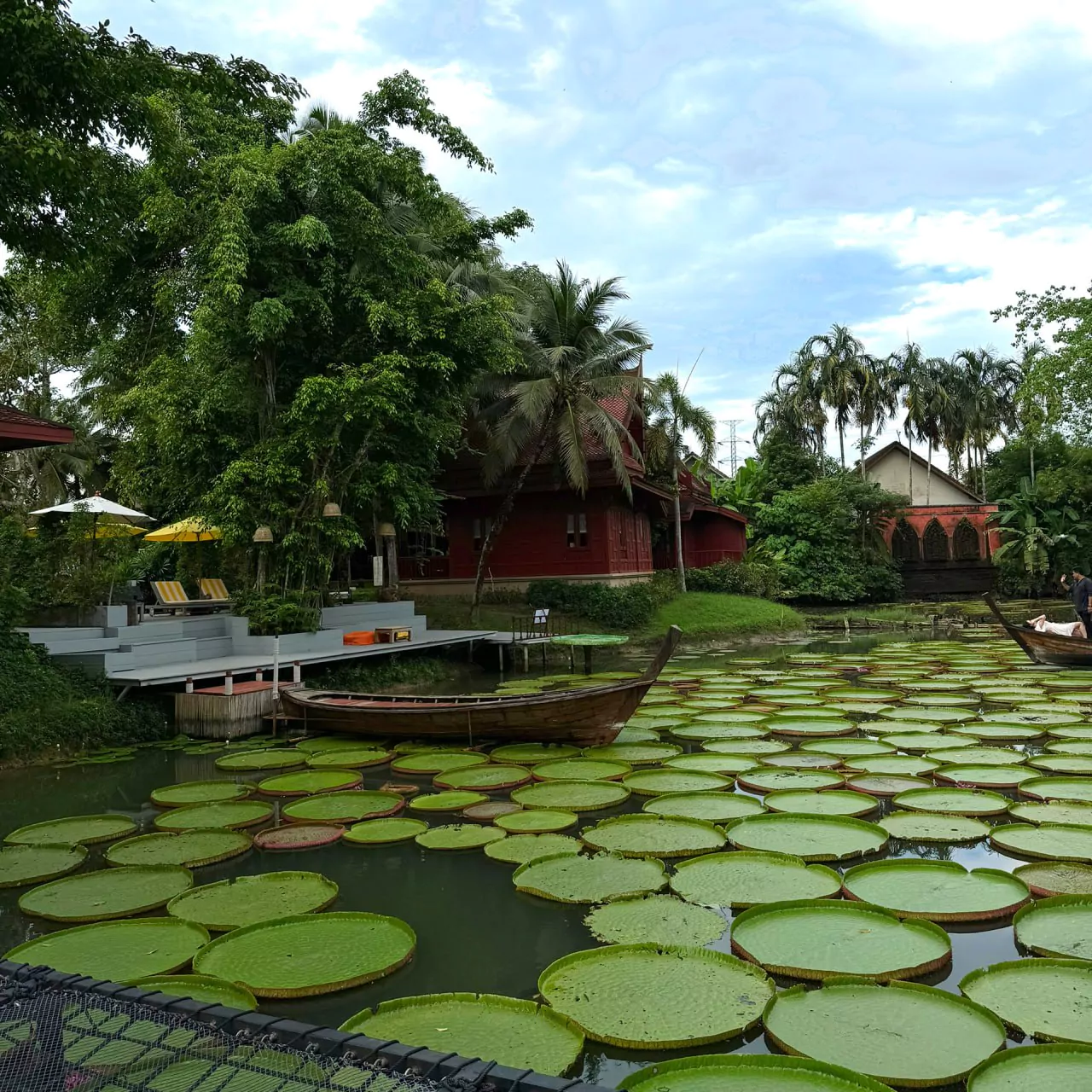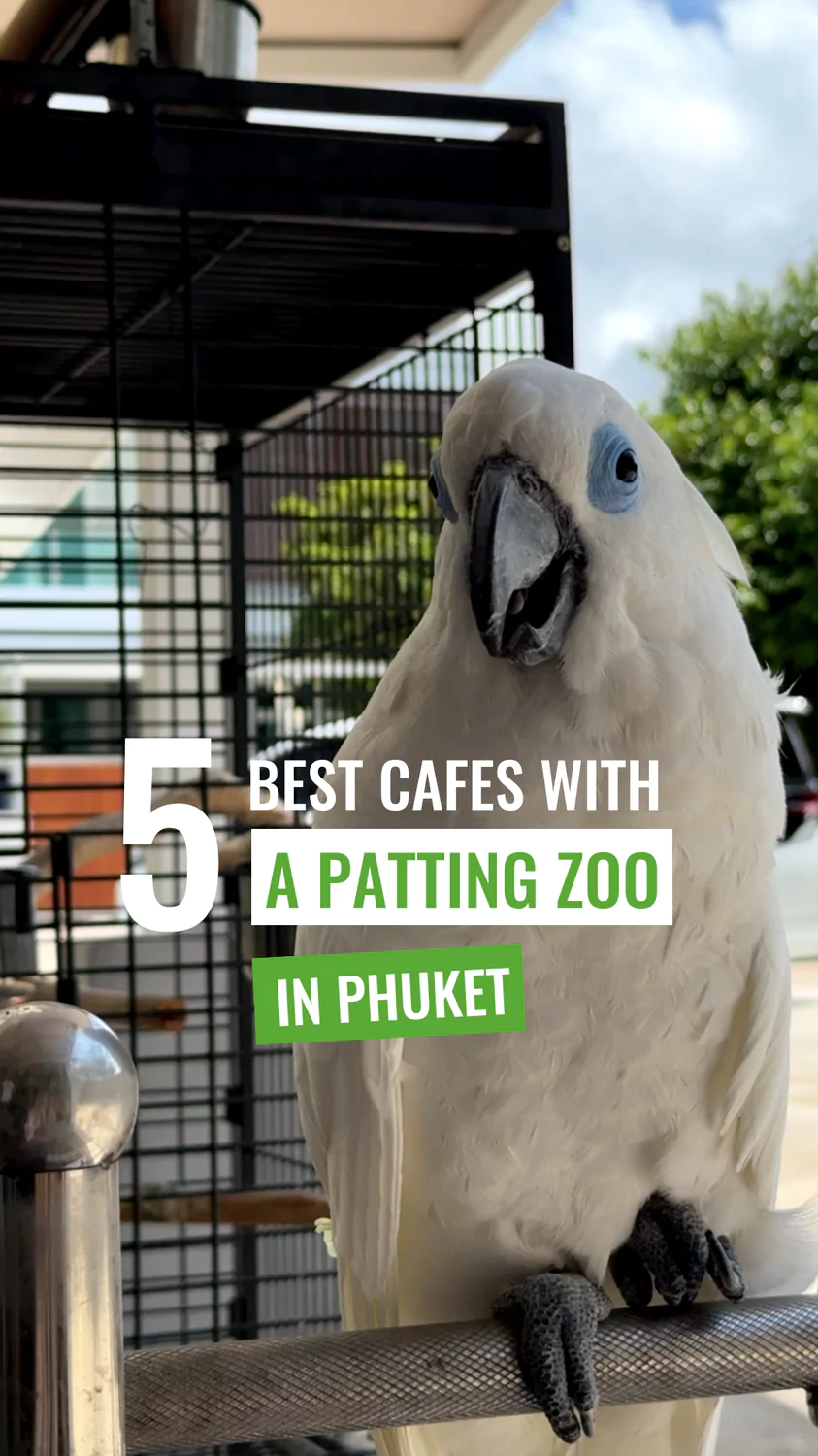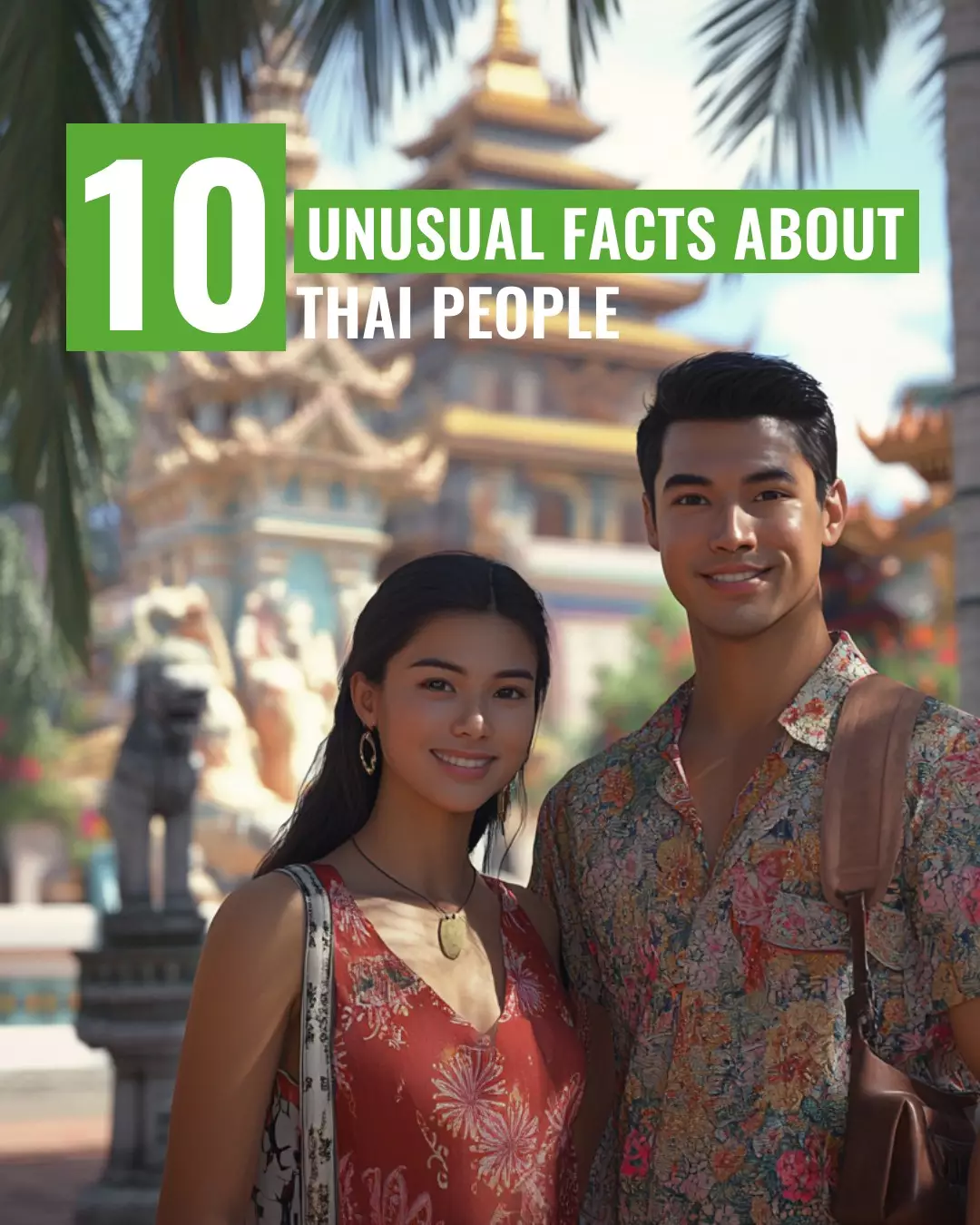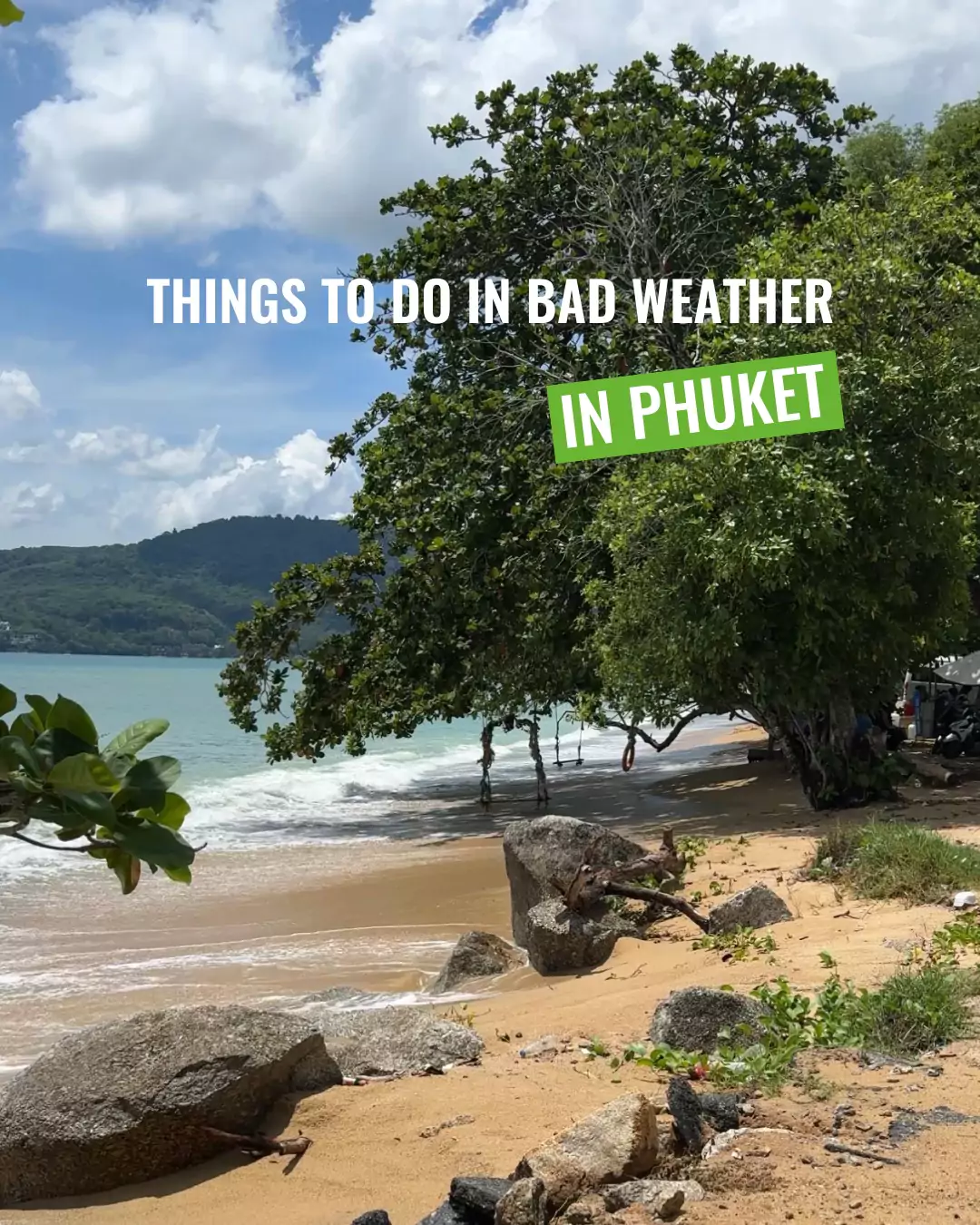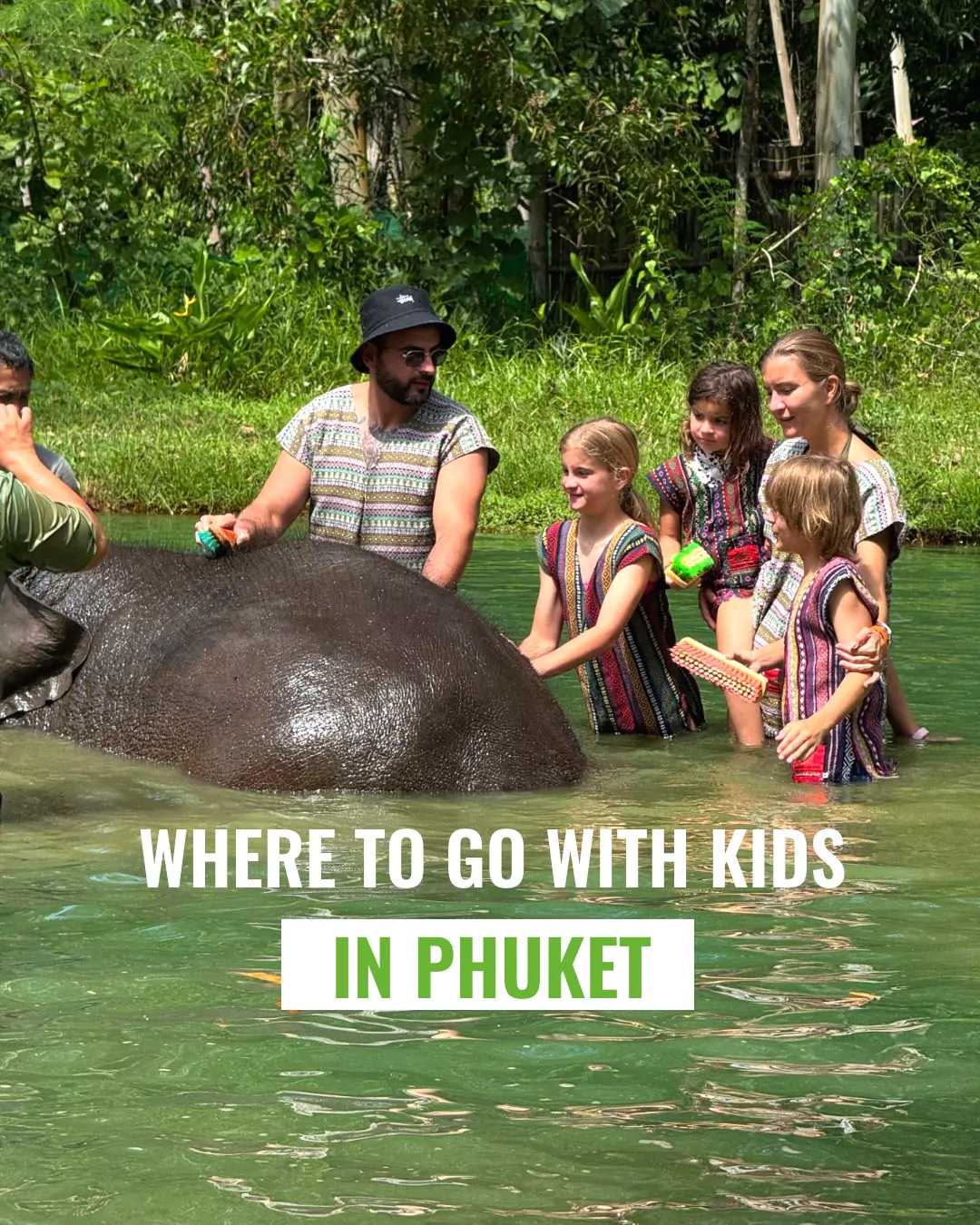Loy Krathong – one of the most beautiful festivals in Thailand
The Festival of Water and Light, the Festival of Floating Lanterns, the Festival of Lights, the Celebration of Spirit, Water, and Light – all of these describe Loy Krathong, one of the most beautiful, mesmerizing, and meaningful festivals in Thailand. It is celebrated annually on the full moon of the 12th month of the Thai lunar calendar. In 2025, the Loy Krathong festival dates fall on the night of November 4th to 5th.
History of Loy Krathong
Loy Krathong is celebrated in many Southeast Asian countries. Its exact origin is unknown, but it is believed that the festival began around 800 years ago in the ancient city of Sukhothai.
The main significance of Loy Krathong is to express gratitude to the Water Goddess for providing abundant water sources, sustaining life, and nourishing people.
Meaning of the Festival
The term “Loy Krathong” translates literally as follows: “loy” means “to float,” and “krathong” means “little boat.” This explains the festival’s tradition: as night falls, Thais gather to release handmade boats onto rivers, lakes, and canals. People either buy or make these boats themselves, typically using banana tree trunks and leaves, as well as flowers and fruits. It’s forbidden to use nails, plastic, or other materials that harm the environment. Edible krathongs, such as those made from cornmeal, have also become popular.
In the center of each “boat,” a candle is lit. Traditionally, as the krathong floats away, it carries away all negativity, symbolizing renewal. In ancient times, people would also place a lock of their hair in the krathong as a sign of cleansing and letting go of the past.
You can also buy a krathong (prices start at 30 baht) and release it into the water with gratitude and good intentions. Or you can simply make it – it’s pretty easy.
You will need:
- A banana leaf (or paper, foil, or any green leaves if you don’t have banana leaves)
- A base – a piece of a banana tree trunk (you can substitute with styrofoam or thick cardboard)
- Flowers (most commonly marigolds, orchids, jasmine)
- A small candle
- Incense sticks (1–3 pieces)
- Toothpicks or small skewers
- Some thread or paper clips
How to make it:
- Prepare the base. Cut out a circle about 10–15 cm in diameter from the banana tree trunk, styrofoam, or cardboard – this will be your little boat.
- Decorate with leaves. Cut banana leaves into triangles or small strips, fold them like an accordion, and attach them around the edge of the base with toothpicks – you’ll get a green wreath-like border.
- Add flowers. Arrange the flowers around the circle or make a pattern in the center – the brighter, the more beautiful your krathong will look on the water.
- Add the candle and incense. Gently stick them into the center. In the evening, before setting the krathong afloat, light them.
- Add a personal symbol. Thais often place a lock of hair, a nail clipping, or a coin in the krathong – as a symbol of letting go of the past and expressing gratitude.
For Thais, it’s not only the act of releasing the krathong that matters, but also how it behaves on the water – it’s considered a sign of fate and blessing:
- If the krathong floats smoothly and far away, it means good luck, harmony, and prosperity lie ahead.
- If the candle burns long and doesn’t go out, it’s a good sign – the soul is purified, and the wish will come true.
- If the flame quickly goes out or the krathong tips over, it’s believed one should be cautious – difficulties may be ahead, and attention to inner balance is needed.
For lovers, it’s especially meaningful whether their krathongs float together. If they do, the couple will stay united; if they drift apart, fate may separate their paths.
Origins of the tradition
Legend links the tradition of setting krathongs afloat to the name of Nang Noppamas – a woman who became a symbol of beauty, grace, and creativity in ancient Siam.
According to chronicles and folklore, Nang Noppamas lived during the reign of King Loy Thai (14th century), ruler of the Sukhothai Kingdom. She was a lady of the court, known for her wisdom, talent in composing poetry, and skill in crafting elegant ornaments.
Noppamas served at court as a poetess and artisan. Her beauty and refined manners made her the king’s favorite. Yet it was not only her beauty that attracted the monarch’s attention – Nang Noppamas had the gift of inventing new forms of art, and one of her ideas once entered history.
One November, during the full moon, the princess prepared an unusual gift for the king: she wove a small boat out of banana leaves, decorated it with flowers, and placed a lit candle and fragrant incense sticks at its center. The basket, called a “krathong,” symbolized respect for water and the river goddess Phra Mae Khongkha.
The king was enchanted by the gift. According to legend, he ordered the krathong to be set afloat on the river together with the princess, so that the two of them could make wishes. Since then, this ritual has become an annual tradition, and the name of Nang Noppamas has been firmly inscribed in history.
The truth, however, remains uncertain: was Nang Noppamas a real person or merely a beautiful legend? Some believe the story was invented in later centuries to explain the origins of Loy Krathong. Yet for the Thai people, this is not so important: her image has become a symbol of femininity, grace, and a love of beauty.
Where Loy Krathong is Celebrated in Phuket
In Phuket, Loy Krathong is traditionally celebrated anywhere there is water, including the pools of most hotels. The most popular spots are Nai Harn and Karon Lakes, Saphan Hin Park in Phuket Town, the Laguna area in Cherngtalay, Bang Wad Dam in Kathu, and Patong Beach.
A cultural program accompanies the Loy Krathong celebrations, featuring performances by artists, songs, dances, Thai boxing, and other shows.
Etiquette and Taboos During Loy Krathong
The Loy Krathong Festival is not just a beautiful “festival with lanterns and little boats,” but an important Buddhist ritual of gratitude to the water. That’s why Thais treat it with respect — and they expect the same from visitors. To avoid an awkward situation, celebrate it the right way.
1. Respect for Tradition
Loy Krathong is a ritual, not just entertainment. Thais release their krathongs to thank the goddess of the rivers for water and to ask forgiveness for pollution. If you decide to join, do it mindfully — without jokes or unnecessary noise.
2. Clothing
- Avoid revealing outfits, especially if you are participating in ceremonies near temples or rivers where there are many locals.
- A good choice is light clothing in neutral or soft colors.
- If you want to immerse yourself in the atmosphere, you may wear traditional Thai attire (but properly, not as if it were a costume party).
3. How to Release a Krathong
- Place it gently on the water — don’t throw it.
- Before releasing, it is customary to make a wish or silently ask forgiveness from the water.
- Do this calmly and respectfully, without turning it into a loud photo session.
4. What Not to Do With a Krathong
- Don’t use plastic elements — this is considered disrespectful to nature.
- Do not sink or disturb other people’s krathongs.
- If you wish to add a coin inside, do it carefully — the coin shouldn’t weigh the basket down too much.
5. Alcohol and Behavior
- Loy Krathong is a family festival. Drinking in public, making noise, or dancing by the riverbank is not appropriate.
- Loud music and fireworks are also seen as disruptive to the atmosphere, though they are sometimes found in tourist areas.
6. Photos and Social Media
- You may take photos, but don’t disturb other participants or invade their personal space.
- If you photograph Thais in traditional attire, ask for their permission first.
7. Environmental Responsibility
- Choose krathongs made of natural materials: banana leaves, flowers, candles.
- After the festival, volunteers collect the remains, but if you can, it’s best to dispose of the waste yourself.
For other important dates, read the article Festivals, Holidays, and Major Events in Phuket — for example, about Songkran. To learn more about Thailand’s history and culture, visit the Museums and Excursions sections. Also, make sure to explore Phuket’s best temples to immerse yourself in the philosophy of Buddhism.

